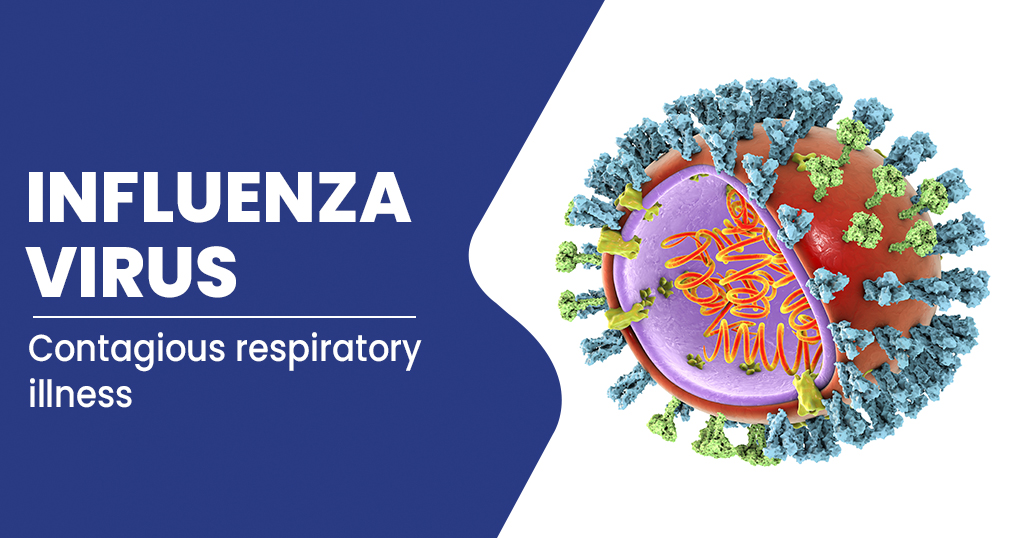Essential parameters you need to know to avoid Measles.
What is Measles?
Measles is an acute viral respiratory, highly contagious virus-caused airborne illness. Eight to twelve days after being exposed, symptoms may start to appear. For 10 to 14 days, symptoms may persist. Other names for measles include rubeola, 10-day measles, and red measles. It differs from rubella and the German measles.

According to the World Health Organization, there were around 110,000 measles-related fatalities worldwide in 2017, with most of these occurring in children under the age of 5. In recent years, instances of measles have also been rising in the US.
What is the difference between measles and German measles?
German measles (rubella) and the measles (rubeola) share several characteristics. Fever, sore throat, and rash are a some of the symptoms they share. But unlike the virus that causes German measles, the virus that causes measles is distinct.
For women who are expecting, German measles can be quite dangerous. This disorder may result in a miscarriage or give birth to a child with birth abnormalities. One vaccine can protect against both viral infections.
Who does measles affect?
Measles can infect anyone who hasn’t received a vaccination. Nearly everyone contracted the disease prior to the development of the measles vaccination. You are more likely to be immune to the measles virus if you have had measles or were immunised against it. After receiving the vaccine, you could still contract atypical or modified measles.
The measles was essentially eradicated in the United States by 2000 as a result of a successful vaccination campaign. Now, however, outbreaks have occurred as a result of a sizable percentage of parents choosing not to vaccinate their children. International tourists who have never received vaccinations have always posed a concern, but getting immunised reduces that risk.
What causes measles?
The morbillivirus, an exceedingly contagious virus, is what causes measles. In fact, nine of ten unvaccinated individuals in a room with a measles carrier would contract the disease. Measles is transmitted by:
- Droplets of contaminated fluid that are released into the air when you cough, sneeze, or speak.
- kissing a measles sufferer.
- sharing beverages or meals with a measles patient.
- embracing or shaking hands with a person who has the measles.
- from expectant mothers to their unborn children, either during labour and delivery or when breastfeeding
Even after the measles sufferer has left the area, the airborne respiratory droplets may still be there.
After being exposed to measles, symptoms might appear anywhere between six and twenty one days later. The incubation period is now. Between four days before and four days after the rash begins, you are contagious.
Symptoms of Measles
After being exposed to the virus for 10 to 14 days, measles signs and symptoms start to manifest. Typical measles symptoms and signs include:
- Fever
- wet cough
- clogged nose
- unwell throat
- irritated eyes (conjunctivitis)
- Also known as Koplik’s spots, these tiny white dots with bluish-white centres on a red background can be discovered inside the mouth on the inner lining of the cheek.
- a rash on the skin that consists of big, flat patches that frequently merge together
Infection progresses over the course of two to three weeks.
Generalised symptoms and signs. A low to moderate fever, along with other symptoms like a persistent cough, runny nose, itchy eyes (conjunctivitis), and a sore throat, are the typical first signs of measles. This comparatively minor ailment could last two to three days.
Rash and an acute sickness. Small red dots, some of which are slightly elevated, make up the rash. The skin appears splotchy red due to clusters of spots and pimples. First to break out is the face.
The rash begins to spread down the arms, chest, and back over the following several days before moving on to the thighs, lower legs, and feet. At the same time, the fever intensifies, frequently reaching 104 to 105.8 F(40 to 41 C).
Incubation and infection. The measles virus spreads in the body over the first 10 to 14 days following infection. There are currently no measles symptoms or indicators.
Recovery. The typical duration of a measles rash is seven days. The rash progressively goes away, beginning with the face and finishing with the thighs and feet. The cough and darkening or peeling of the skin where the rash occurred may last for about 10 days after other disease symptoms have subsided.
Is measles airborne?
Small aerosol particles and respiratory droplets both have the potential to spread measles through the air. When they cough or sneeze, an infected individual can cough or sneeze the virus into the air.
Also susceptible to adhering to things and surfaces are these respiratory particles. If you touch your face, nose, or mouth after coming into contact with a contaminated object, such a door handle, you could become infected.
You might be surprised to learn how long the measles virus can survive outside of the body. It’s actually contagious for up to two hours in the air or on surfaces.
Is measles contagious?
The measles spreads easily. This indicates that the virus can spread from person to person extremely quickly. A susceptible individual who is exposed to the measles virus has a 90% probability of contracting the disease. Furthermore, a virus can be disseminated by an infected person to anywhere from 9 to 18 vulnerable people.
Before others are aware of their own infection, a person with the measles can infect them. Four days pass before the recognisable rash forms in an infected person. They are still transmittable for an additional four days after the rash emerges.
Being unvaccinated is the primary risk factor for contracting the measles. Pregnant women, young children, and those with compromised immune systems are among those who are more likely to experience problems from measles infection.
REFERENCES:
- https://www.healthline.com/health/measles
- https://my.clevelandclinic.org/health/diseases/8584-measles
- https://www.mayoclinic.org/diseases-conditions/measles/symptoms-causes/syc-20374857
- https://www.who.int/news-room/fact-sheets/detail/measles
For more details, kindly visit below.

